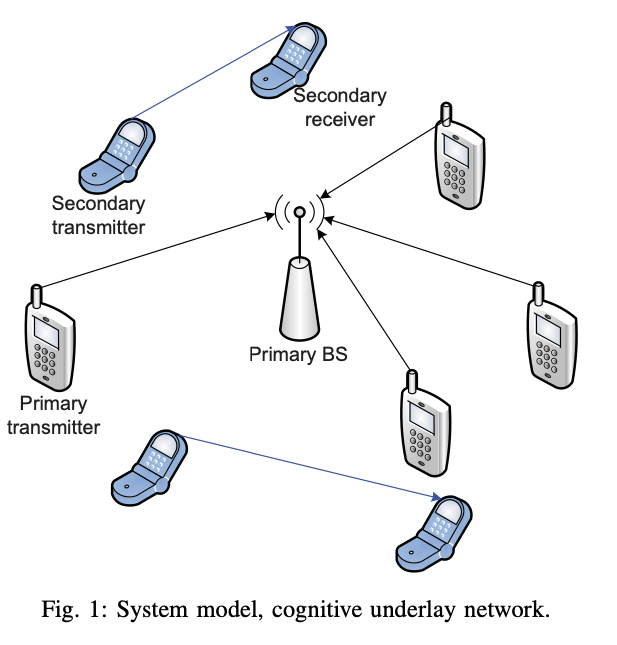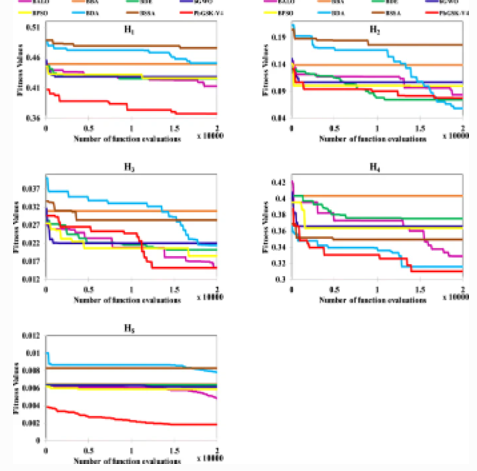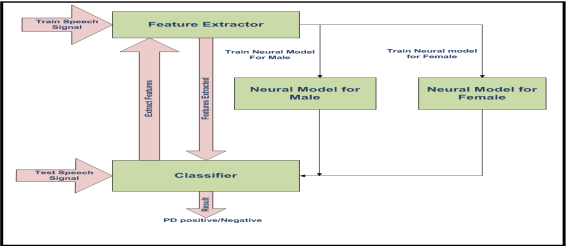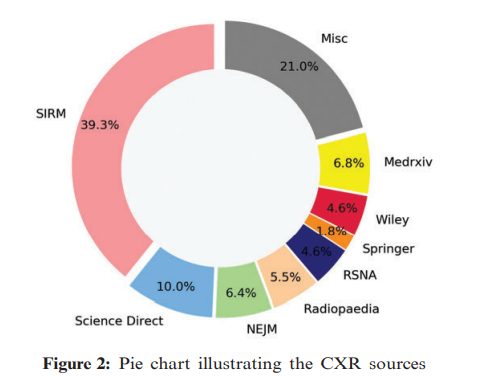
Admission and power control for spectrum sharing cognitive radio networks
We investigate the problem of admission and power control considering a scenario where licensed, or primary, users and cognitive radios, or secondary users, are transmitting concurrently over the same band. The primary users share a common receiver and the interference on this receiver from secondary users should be strictly limited to a certain level. Each secondary link is assumed to have a minimum quality of service (QoS) requirement that should be satisfied together with the interference limit constraint, otherwise the secondary link is not admitted. Under those constraints, admission and power control for secondary users are investigated for two main optimization objectives. First, we maximize the number of admitted secondary links. Second, we maximize the sum throughput of the admitted secondary links. The first problem is NP-hard, hence we provide a distributed close-to-optimal solution based on local measurements at each user and a limited amount of signaling. For the second problem, which is non-convex, we propose a suboptimal algorithm based on sequential geometric programming. The proposed algorithms are compared with previously related work to demonstrate their relative efficiency in terms of outage probability, complexity and achievable throughput. © 2011 IEEE.



